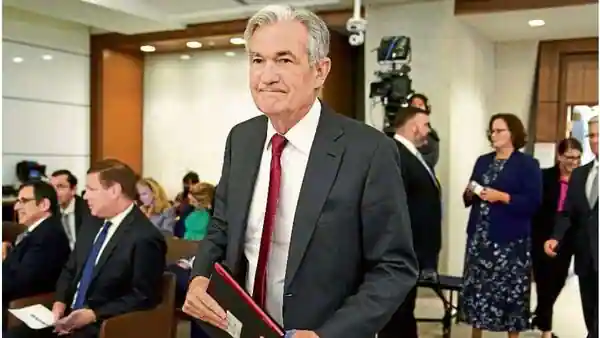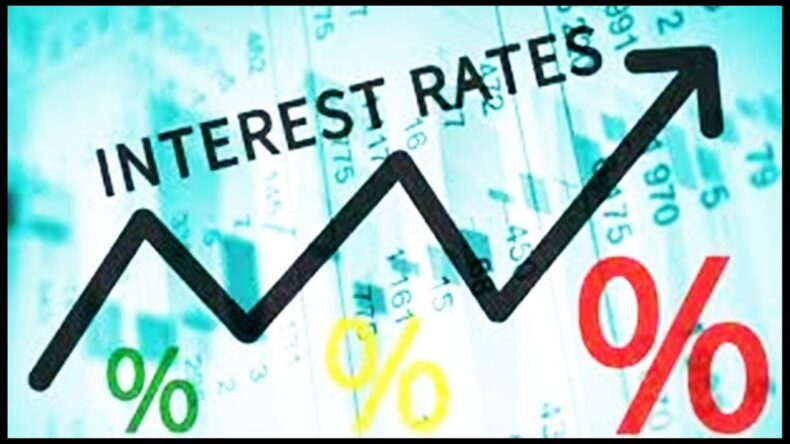The recent collapses of two US banks- Silicon Valley Bank and Signature Bank have caused substantial turmoil in the financial markets. As an aftermath, The Federal Reserve raised its key short-term interest rate by a quarter percentage point Wednesday. This move by the US central bank sets the benchmark of the interest rate in the 4.75-5.00 percent range, with the updated projections showing 10 of 18 Fed policymakers still expecting rates to rise by another quarter of a percentage by the end of this year.
Same endpoint can be seen through the December projections, despite the uncertainty on the currently resilient pace of inflation and with a strong labour market, about how much and when the tighter financial conditions will impact.

SOURCE- FEDERAL RESERVE
Fresh move by Fed
The bank collapse left the Fed with a constant task of reassuring the market. This move comes after the widespread fear of contagion in the banking system. So to try to sooth the markets and stop potential bank runs, The central bank is contemplating using its interest rate tools.
Market seems to have cooled down a bit after UBS announced during the weekend about its agreement to buy Credit Suisse for $3.2 billion, soothing some nerves about the global banking system.
However, the biggest question right now is whether the Fed will back up its inflation-fighting move and raise interest rates again or will it prioritize financial stability in the banking system?
In addition to announcing a rate decision, Fed officials will also release a set of quarterly economic projections that will indicate how high they expect borrowing costs to climb this year.
HOW HIKING INTEREST RATE HELPS
The main agenda of The Fed is reducing rapid inflation in the United States,but due to recent changes, the job is much more complicated- hence the only measure is increasing the interest rates.
So,in order to increase the cost of credit throughout the economy, the US Federal Reserve raises interest rates. In simple terms, if interest rates are higher, it makes borrowing or loans more expensive for all- businesses or individuals, and which ultimately results in everyone spending more on interest payments. This determines what the commercial banks charge each other for short-term loans.
A higher rate means more expensive borrowing costs, which can reduce demand among banks and other financial institutions to borrow money.
It is a way to promote people to save money to earn higher interest payments. This eventually reduces the supply of money circulation, which trends to lower inflation and moderate economic activity.
What Does It Mean For The Indian Economy?
When the US Fed increases its lending rate, it directly affects India.
Firstly, the currency trade is affected negatively as the difference between rates of both countries reduces. This starts a chain reaction as US rate hike leads to increase in interest rates in India. So when the Fed increases lending rates, RBI on the contrary has to increase interest rates in India so that the outflows of funds from the Foreign Institutional Investors can be curtailed to safeguard the rupee. Simply put, the hike will widen the gap in interest rates between the two countries.

SOURCE- GROWW.COM
Consequently, as the dollar becomes more attractive, the foreign investors are tempted to withdraw from the Indian market and invest in the US asset and the Indian market begins to see capital outflow.
This, making the rupee weak further, prompts RBI for a rate hike in India. If the rupee falls significantly, the RBI may be forced to sell some dollars to help shore up the domestic currency. This depletes the domestic Forex reserve.
With the RBI Monetary Policy just around the corner, the Indian banking system is in a fragile state and it is better to keep an eye out for the domestic economy.













